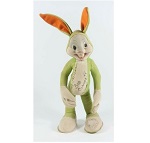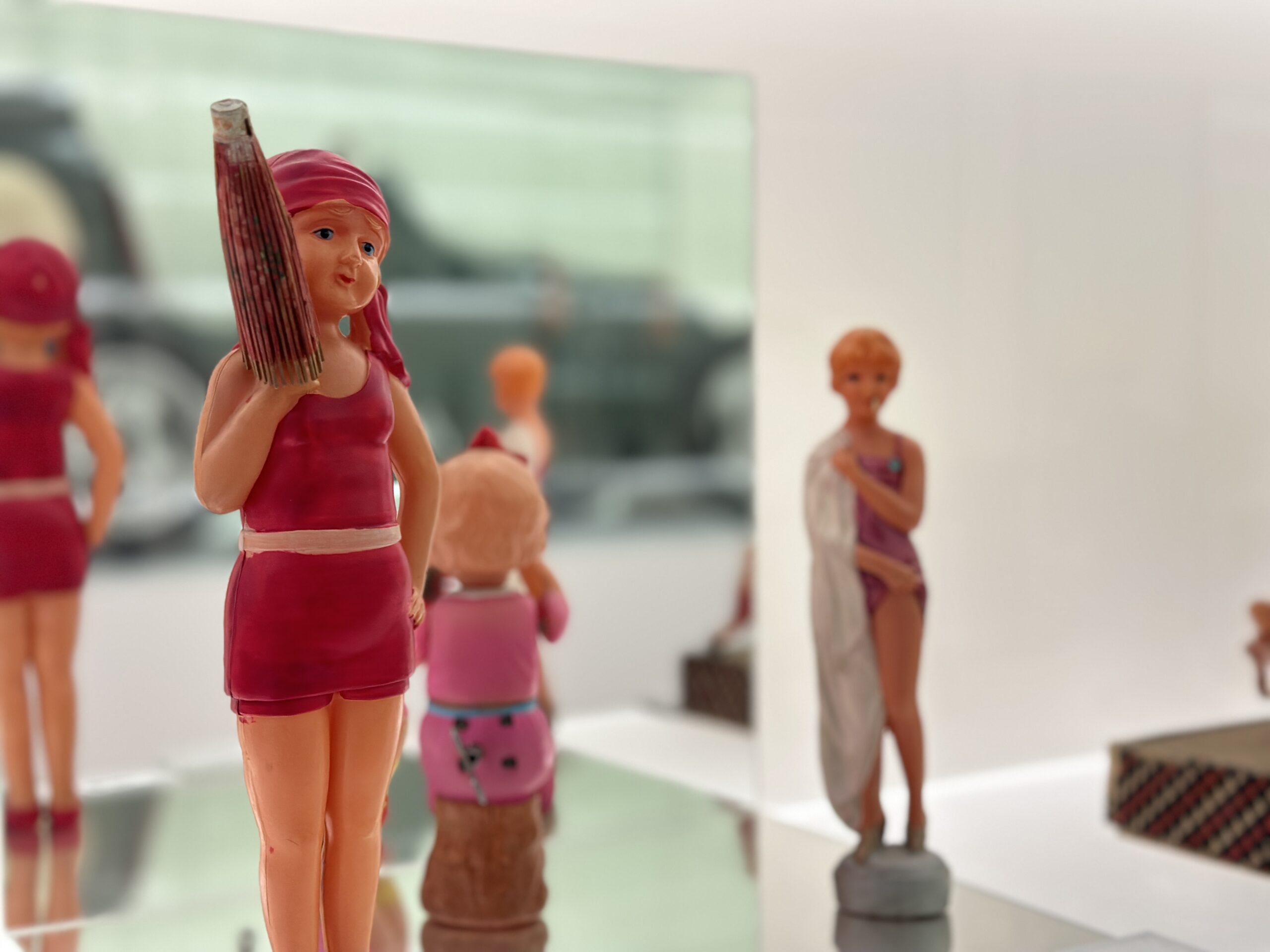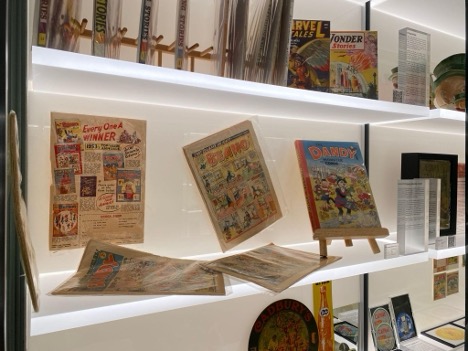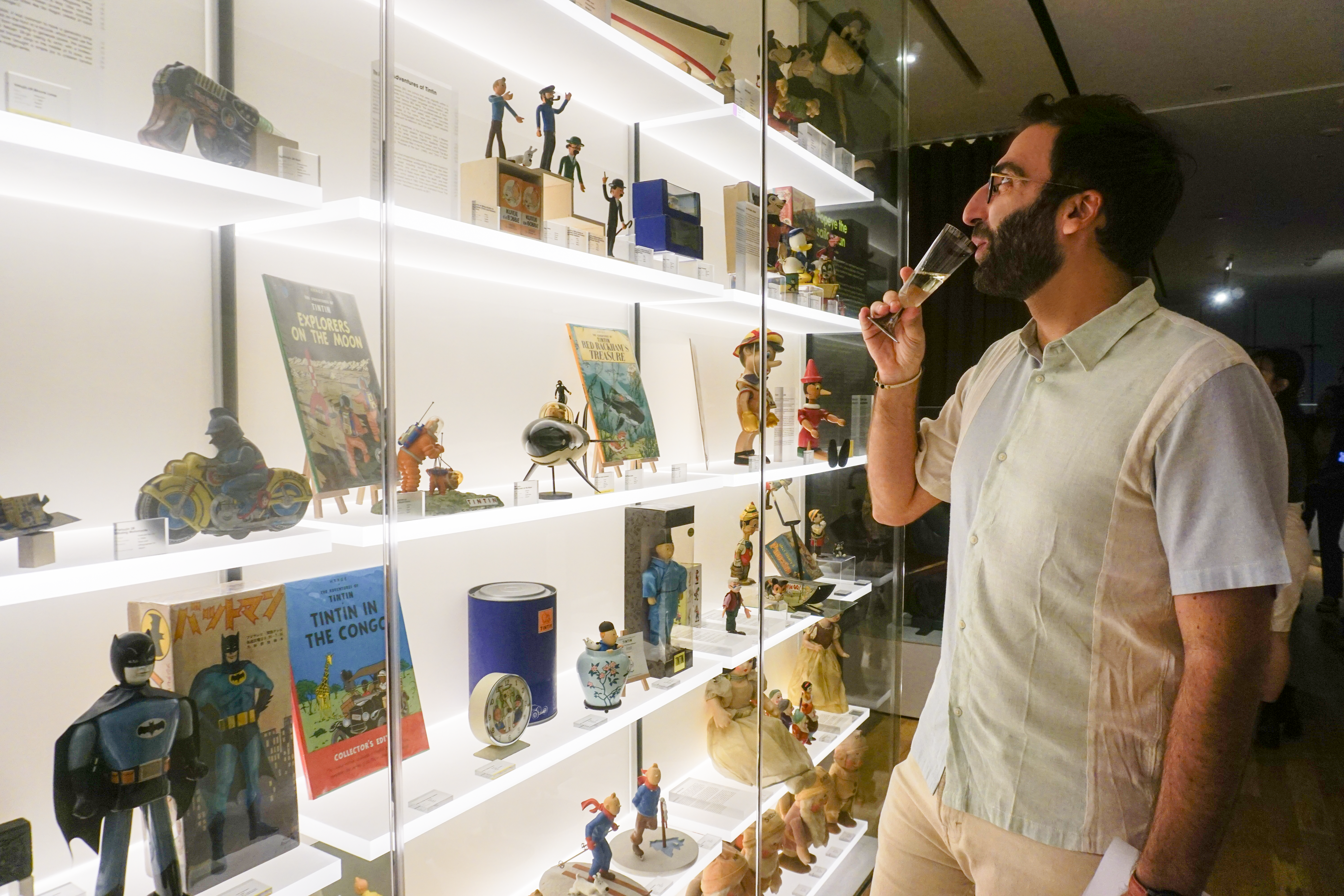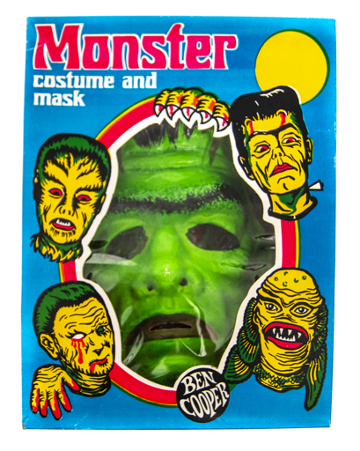In 1929, the Warner Bros. studio was trying to compete with rival Disney’s popular Mickey Mouse and Silly Symphony shorts. As the studio had recently acquired music held by Brunswick Records, they decided to create Looney Tunes and Merrie Melodies using these musical tracks.
Thus began the legacy of Looney Tunes – one of the most popular and enduring cartoons of all time. Join us as we travel through the 90 year history of this famous franchise!
Rudolf Ising and Hugh Harman were hired by Warner Bros. Cartoons founder Leon Schlesinger to produce the first set of shorts including the pilot cartoon Bosko, The Talk-Ink Kid (1929) and first proper Looney Tunes short Sinkin’ in the Bathtub (1930).
Harman and Ising had actually worked at Disney in the 1920s, working on the Oswald the Lucky Rabbit and early Alice Comedies. This resulted in a similar visual style between Oswald, Looney Tunes, and the Merrie Melodies series – although the latter two would come to be more popular than Oswald as time went on.
Rising Stars: 1930s-1940s
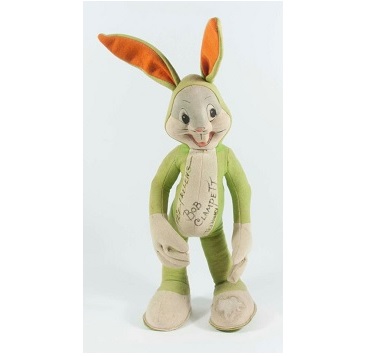
Toy Name: Bugs Bunny
Maker: Unknown
Year of Make: 1930s
Country of Origin: Unknown
While many around the world are familiar with the Looney Tunes cast today, there was a brief period of time when we might not have gotten to see them at all. After Harman and Ising left Warner Bros. in 1933 due to a budget dispute, they took their characters with them. For a while only the new character Buddy remained on the show – until Schlesinger brought in Tex Avery, Friz Freleng, and Bob Clampett to work on the series.
Porky Pig and Beans then made their debut appearance in I Haven’t Got a Hat (1935), with more iconic Looney Tunes favourites following:
- Daffy Duck in Porky’s Duck Hunt (1937)
- Elmer Fudd in Elmer’s Candid Camera (1940)
- Bugs Bunny in A Wild Hare (1940)
- Tweety in A Tale of Two Kitties (1942)
Bugs Bunny (seen here in the form of a felt and fabric doll signed by Avery, Freleng, and Clampett) was a breakout superstar, and the series moved from black and white to colour production to keep up with popular demand.
They also moved from showcasing music to depicting rough-and-tumble slapstick comedy – differentiating it from Disney’s cuter approach. Being seen as a more ‘adult’ cartoon helped Looney Tunes gain popularity, although it would gradually become more kid-friendly over time. The offensive and racial stereotyping featured in some of its earliest cartoons has earned the franchise some criticism, but Warner Bros. has since included disclaimers in home media acknowledging these stereotypes.
Golden Age: 1940s-1960s
As Looney Tunes gained popularity, the cast quickly expanded with more notable debuts:
- Pepe Le Pew in Odor-able Kitty, Sylvester in Life with Feathers, and Yosemite Same in Hare Trigger (all 1945)
- Foghorn Leghorn in Walky Talky Hawky (1946)
- Marvin the Martian in Haredevil Hare (1948)
- Wile E. Coyote and the Road Runner in Fast and Furry-ous (1949)
- Granny in Canary Row (1950)
- Speedy Gonzales in Cat Tails for Two (1953)
- Tasmanian Devil in Devil May Hare (1954)
A major part of the franchise’s popularity was voice actor Mel Blanc, who voiced almost every single character except Elmer Fudd, Road Runner, and Granny!
Return to the small screen: 1970-1999
Following the end of the original Looney Tunes (1930-1969) theatrical series, the franchise saw a resurgence in popularity following resyndication on popular TV networks such as Nickelodeon. Many of us may also remember growing up watching spin-offs like Taz-Mania (1991-1995) or The Sylvester & Tweety Mysteries (1995-2000).
And of course, no Looney Tunes retrospective could ignore their 1996 box office smash hit Space Jam, a sports comedy film which blended live action and animation. At the time this technology was still brand new, and the movie received critical acclaim for its technological advancements on top of its popular reception.
Worldwide Icons: The 2000s
Since entering the 21st century, the Looney Tunes gang has continued to appear in syndicated shows on Cartoon Network and HBO Max such as Baby Looney Tunes (2001-2006), Duck Dodgers (2003-2005), and Looney Tunes Cartoons (2019- now).
The worldwide impact of Looney Tunes cannot be overstated. It’s become a major global franchises with theme parks, toys, memorabilia, video games, comic books and more all dedicated to its rambunctious cast. Looney Tunes shorts have been nominated for and won Academy Awards, with 4 shorts being inducted into the National Film Registry.
Bugs Bunny in particular has become a true cultural icon, becoming seen as a representation of the ‘trickster’ trope and archetype in cartoons. Bugs has received a Hollywood Walk of Fame star – making him the second cartoon character to do so after rival Mickey Mouse – and even done commercials for Nike.
Looney Tunes continues to be one of the most popular cartoon franchises today, beloved by millions across the globe. Our museum’s Characters collection on level 4 even has an extensive Looney Tunes toy collection every Looney Tunes fan needs to see!
Interested to find out more about your favourite childhood cartoons? Want to catch a glimpse of nostalgic 80’s vintage toys? Book your ticket and see some of the best loved vintage toys including Looney Tunes and more at the MINT Museum of Toys!

